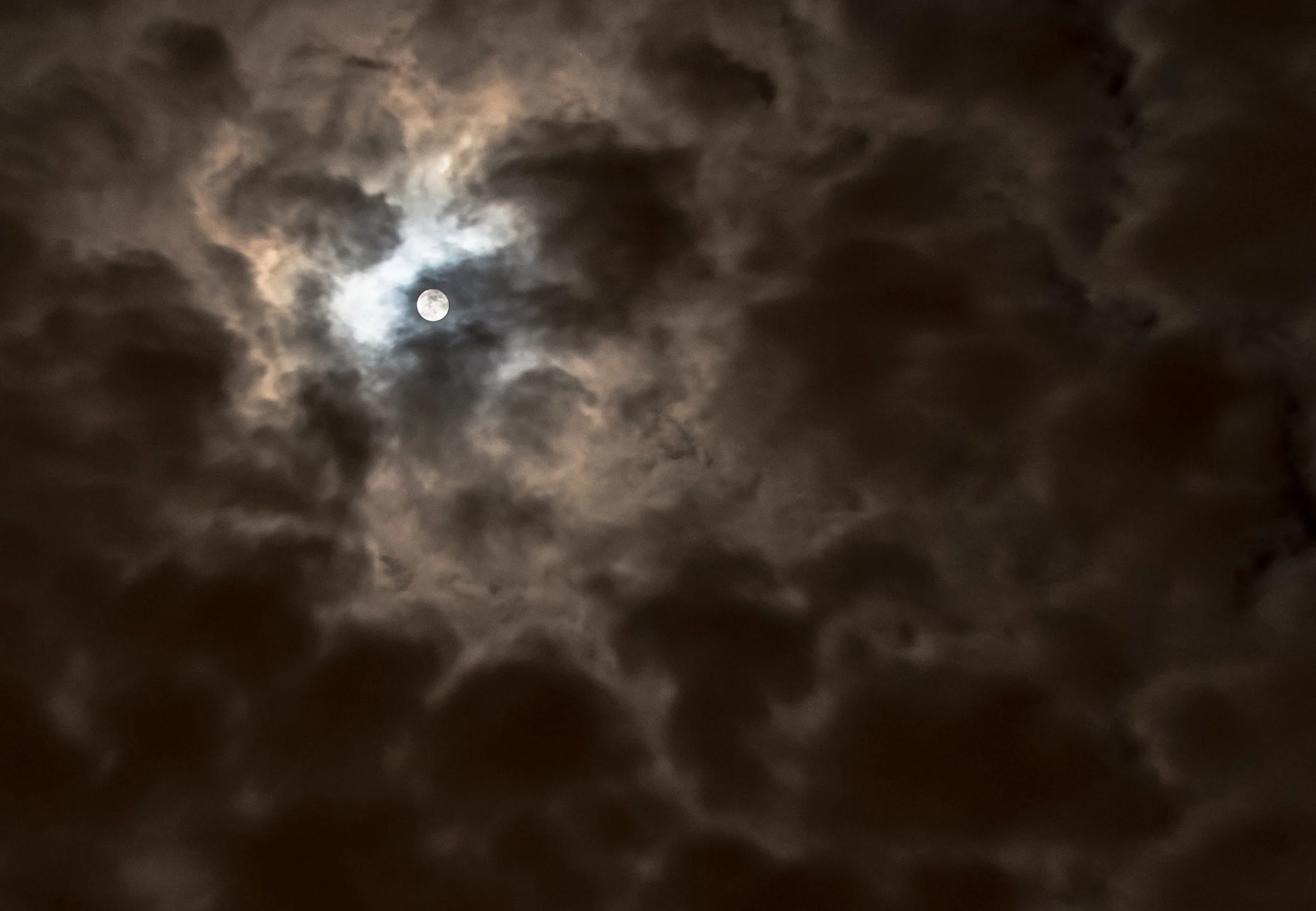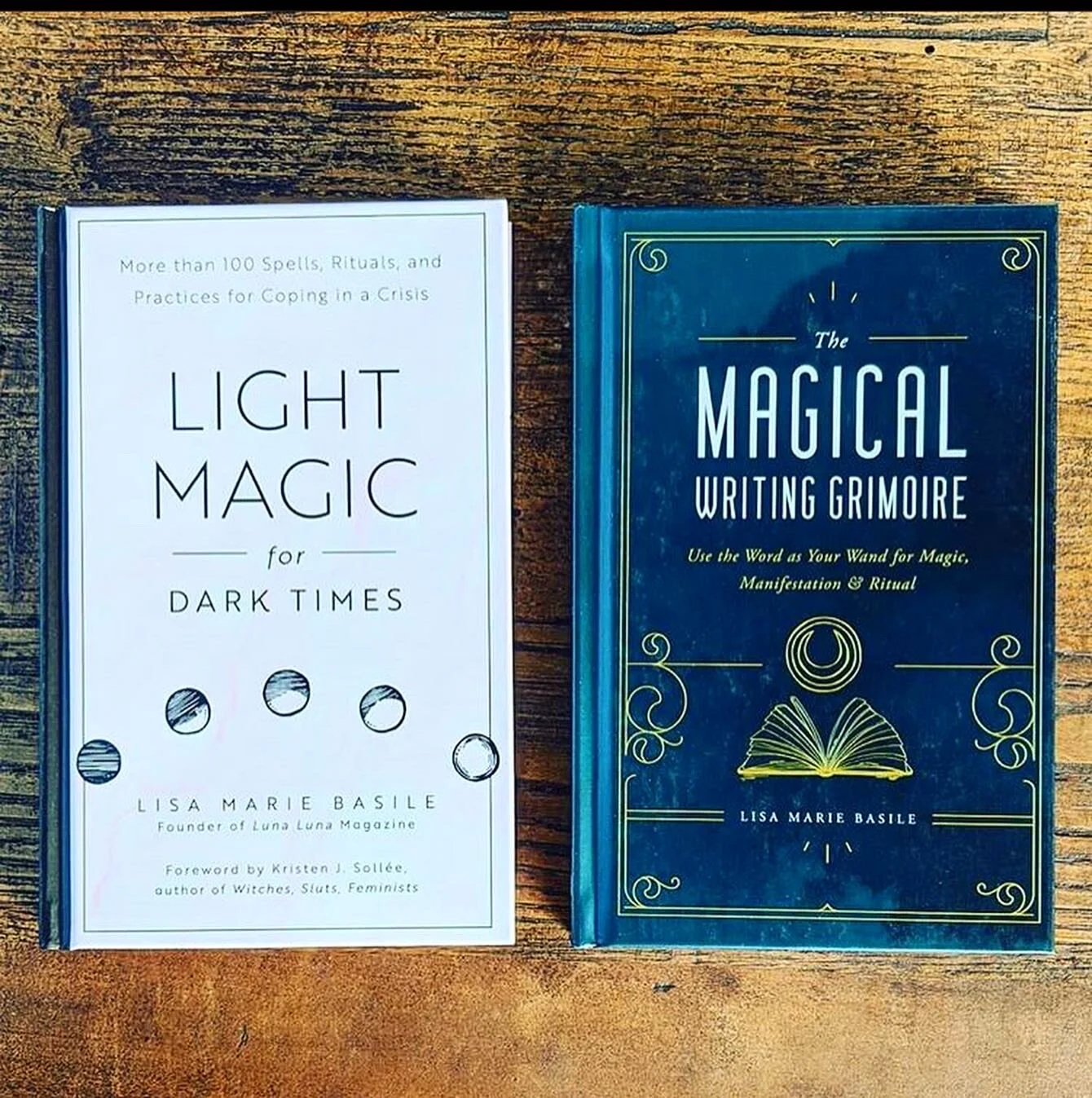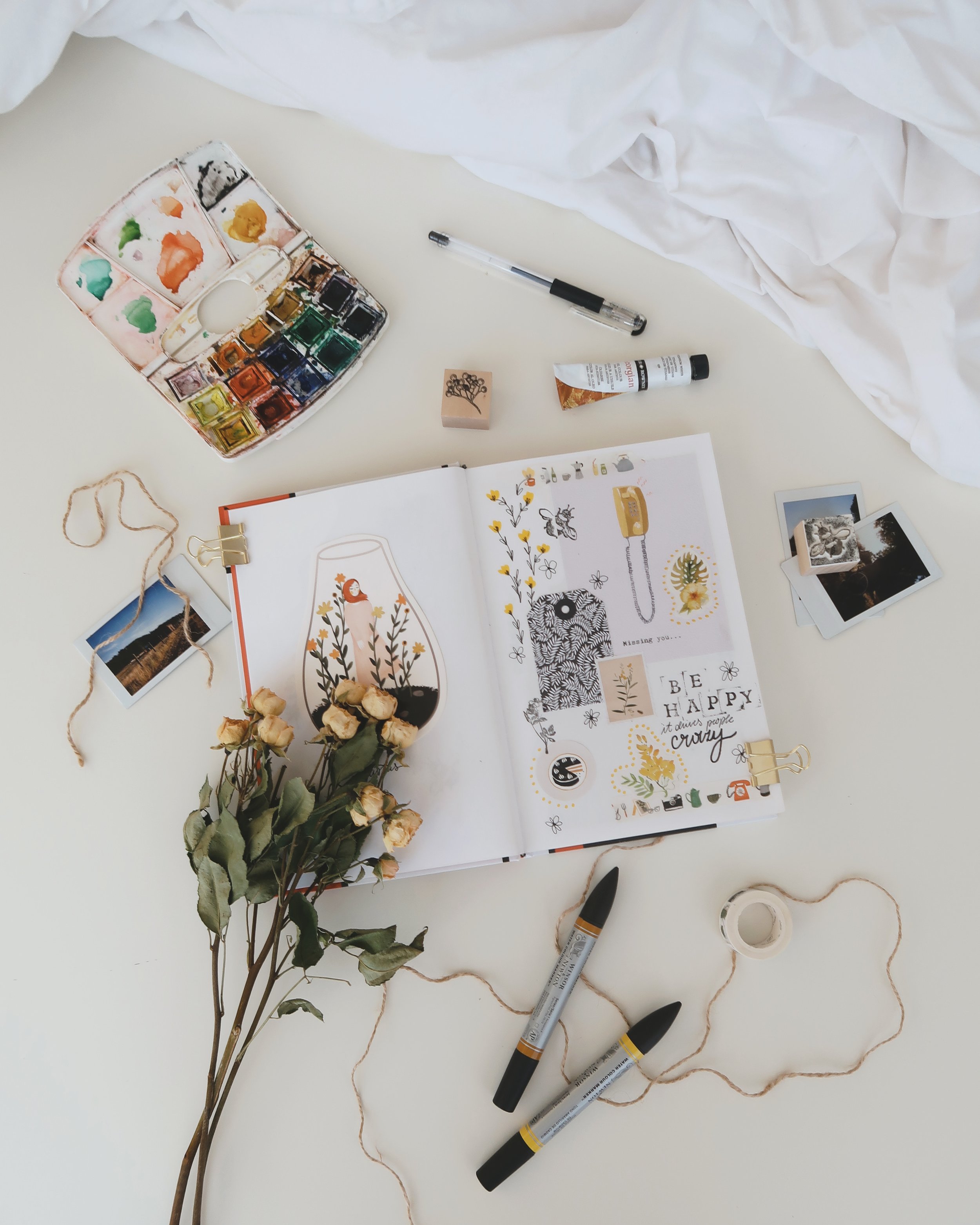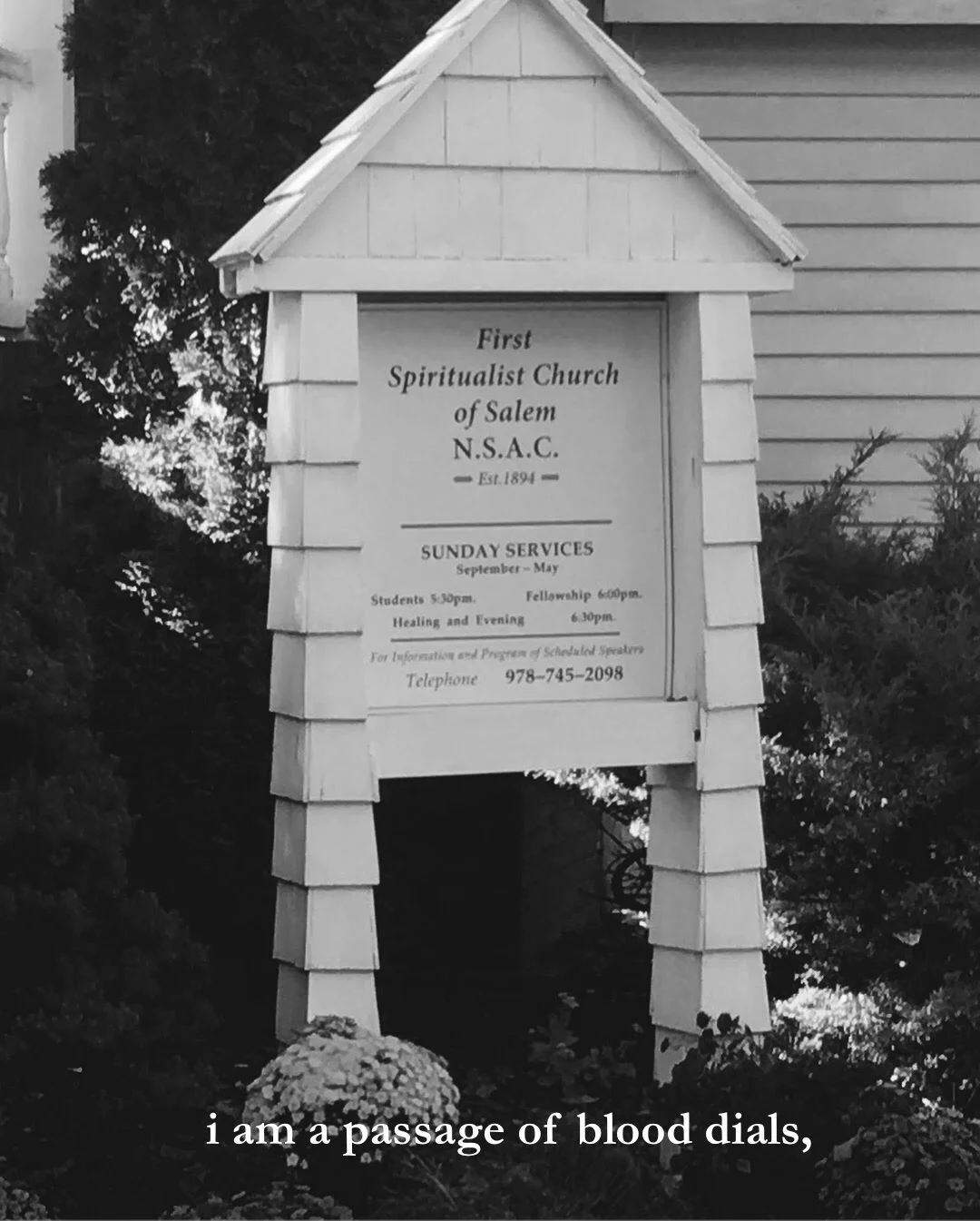BY KAILEY TEDESCO
For most of my life, I’ve found myself defining generations by the supernatural creatures that surround them. High school was hands-down the era of vampires, and college was the zeitgeist of zombies. It always begins with a cultish art form: the publication of Stephenie Meyer’s Twilight, or Robert Kirkman’s The Walking Dead comic books, respectively. The interest in such works slowly breeds fan-fictions and blog posts among niche audiences. Soon Hot Topic brand “I Run with Vampires” t-shirts become available (which I, uh, totally do not own) and mainstream films cash in on the craze. Before you know it, your fave monsters are mainstream. And now, in the latter half of the 2010’s, it seems to be the season of the witch.
The entities we follow and often fetishize always carry moral and political philosophies. Vampires and zombies are consumers; the former is simply sexualized while the latter is not. At some basal level, we as viewers, can relate to brainless walkers and lusty vamps and understand that their general fate is in some way realistic. Who hasn’t walked aimlessly around Target for two hours, sipping a latte and staring blankly at their phone screen? Now, as witches infiltrate underground and mainstream media new questions arise. Witches are not consumeristic; to be a witch is not to be diseased, or infected. So what makes them so relatable? Why the craze?
We, in reality, can very plausibly choose to be a witch at any time. This choice is equally represented and enforced within the media. Television shows like the once again popularized Buffy the Vampire Slayer show women coming upon witchcraft the way one might come of age. It’s a natural progression where a woman first finds a spellbook, and then delves deeper into magicks until a new understanding or self-awareness is achieved. My Instagram account is flooded with woman much like Willow Rosenberg, the main witch of BTVS, who are strong-willed and fantastic. Divination is now a mainstream party game and crystal healing can be as quotidian as popping a Tylenol. The ultimate gain of these practices stems, I believe, from a sense of community. Whether the practitioner is Wiccan, a long-time witchcraft enthusiast, or simply someone who had their tarot read once on the pier, there is a new sense of camaraderie and cultish understanding among these witchy women.
The interest in New Age practices and aesthetics extends far beyond spiritual belief. You don’t have to label yourself a witch to partake in the culture; it’s everywhere. For example, if I wanted a flowy, midwife inspired skirt five years ago I’d have to order from my Pyramid Collection catalog, or travel to Salem, MA. Now, “witchy” fashion is trending in what seems to be an amalgamation of pre-existing festival aesthetics mixed with subdued Victoriana. If you scroll through any look-book, you’ll surely find the bell sleeved, choker-clad beauties that you can easily picture hunched over a herb garden.
The contemporary film and performance industry has taken full advantage of such trends. In many cases, revitalization of former witch narratives have become extremely popular. Robert Egger’s newly released film The Witch offers a revisionist look at Winthrop era society. Likewise, Broadway has just released a slightly modernized version of Arthur Miller’s The Crucible with A-list stars like Saoirse Ronan and Tavi Gevinson. As mentioned before, television shows like Charmed and Buffy the Vampire Slayer are resurfacing, while films such as Practical Magic and The Craft are becoming more culturally relevant as well.
In each of these pieces, we are presented with what might superficially look like an outdated dichotomy: the good witch and the bad witch. For example, the aforementioned Willow Rosenberg would easily be considered a “good witch.” In other words, her actions stem from a place of love. However, her personal emotions often cloud her judgment causing her to act irrationally. A major consideration in Willow’s narrative is how much power one can ethically maintain over another. Conversely, Nancy Downs from The Craft uses her power in order to justify her own hatred and insecurities -- a classic portrayal of the “bad witch.” However, the witch’s relevance in today’s culture deconstructs that dichotomy entirely by positing that it never really existed. Willow and Nancy alike are young adult women who carry the moral and emotional implications of your everyday young adult women, hence our ability to relate to them on such a strong level.
Essentially, the witch is female, or human, and contains the same implications of such a person and persona. People can be vengeful; witches can be vengeful. People can be peaceable; witches can be peaceable, etc. What’s interesting another dichotomy true of witches and women alike: either have been argued to be “supernatural” or “natural” beings. While the presented powers of the witch, and the sexuality of the women are often viewed as otherworldly, the means to achieving such powers and the allegory of them is anything but. This harkens back to second-wave feminist theories, specifically stemming from Sandra M. Gilbert who posits that the same supernatural/natural divide has been applied to woman by oppressors.
In Gilbert’s theory, she states that every woman is split into what society wants to see of them (the natural self) and who they actually are (the supernatural self). To be supernatural is to be othered, but the witch deconstructs this notion by instead empowering (quite literally) that otherness. Witch culture unifies this divide, making room for acceptance. While society considers sexuality, consent, and LGBT concerns more vocally, it makes perfect sense that we would laud the archetype of the witch.
Of course, any time an “other” is presented, a portion of society will seek to oppress or victimize out of fear and paranoia. As this victimization is already a well-ingrained part of witch history, the witch is again made topical in contemporary discussion. As previously oppressed groups are achieving progression, society balks and hegemony occurs. The portrayal of the witch in mainstream art forms acts as a relevant reminder of what can happen when fundamental, or totalitarian mindsets ensue. Genocide and senseless death is the somber reminder and warning carried by the witch a la The Salem Witch Trials among other tragedies.
The season of the witch is at large now for all of the right reasons. What differentiates this being from monsters past, is that she (or he) is not a monster at all. The moral and political implications of the witch are not a warning against what an individual can become, but instead an encouragement for the individual to be all that they can be.
To be a witch is be in charge of the mind and body, and I could not think of a more relevant didacticism to reflect the climate of 2016.













































